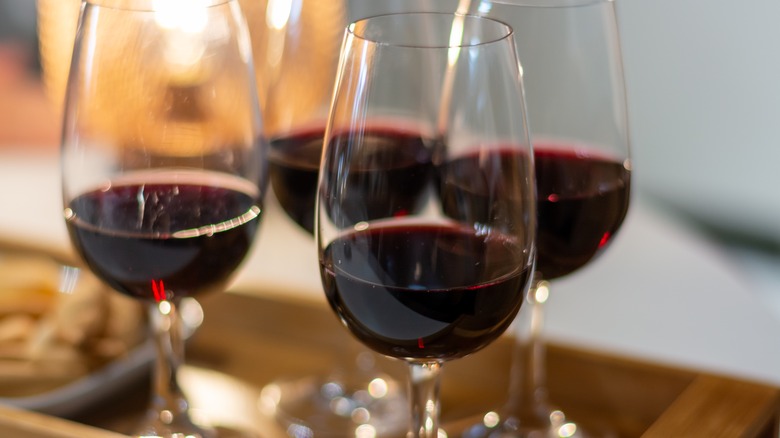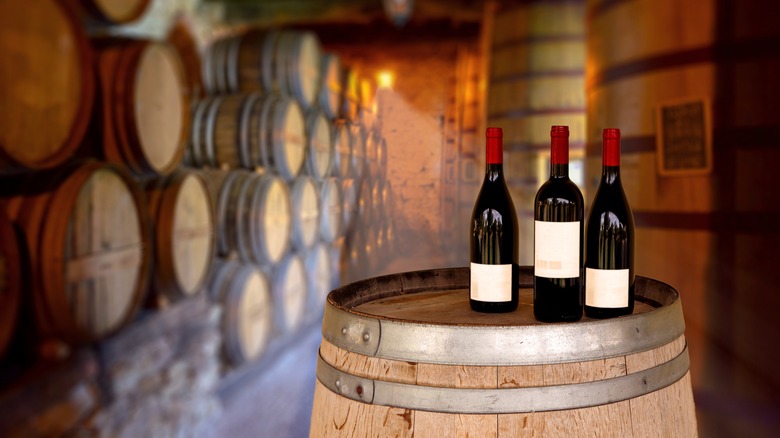What Makes Barrique-Aged Wine Unique?
After pressing and fermentation, wines are transferred to barrels to age – and not all wine barrels are created equal. "Barrique" is the French word for "barrel," and when winemakers in Bordeaux are looking for the right vessel to age their wine, barriques are the move. Barriques are small oak barrels with a capacity of roughly 225 liters (59 gallons), but for their smaller stature, their shape is tall and thinly staved. The staves are the strips of bent wood that form the sides of the barrel. This unique size and shape enables the wine housed inside to enjoy direct access to the surface area of the barrel, imparting maximum influence on the batch's flavor, aroma, structure, stability, and color. For comparison, Cognac barrels can hold 300 liters, puncheons can hold 500 liters, and French foudres can hold up to 30,000 liters. If a winemaker wants less influence on their batch, then they opt for a larger barrel.
When it comes to barriques, oak aging also adds the distinct benefit of micro-oxygenation, which slows the aging process and increases longevity while still allowing the wine to breathe, as opposed to stainless-steel barrel-aging, which keeps wines crisp and bright. More specifically, barrique barrels can be made from Canadian oak, Hungarian oak, French oak, American oak, and other regional oak varieties, all of which provide different flavors, pourousness, and capacities for micro-oxygenation and weight-adding. Barrique barrels can also have high, medium, or low toast and still be classified as barrique.
Porous barrique barrels add complexity, tame tannins, and let wine breathe
Along with material (French white oak, etc.), the size and shape of the barrel in which a wine is aged can make a significant difference on the profile of the finished batch. Texture, aroma, richness, and expression are all heavily determined during the aging process. Barriques enjoy a prestigious reputation for their origination link to one of the most revered winemaking regions in the world, and as such, most wines from the Bordeaux region are aged in barrique. Barrique barrels are also generally a good fit for strong reds (Pinot Noir, Cabernet, Lagrein, Merlot) and strong whites (Chardonnay, Sauvignon Blanc, Viognier, and Sémillon). Barrique barrel maturation makes red wines softer and more complex, while it adds structure and weight to white wines as tannins and phenols are released from the porous wood. Any wine that could benefit from a little tannin-taming, complexity, or darkened depth would be a good fit to mature in barriques.
As Hans Rottensteiner of the celebrated eponymous Italian winery explains it, "The barrique should support the wine but remain always in the background. The wooden notes should never come to the fore or even cover up the wine. Then the barrique can make a good wine even better. However, for me it isn't a sign of quality from the front. The content, the wine, is important: his body, his harmony and elegance. Aging in barrique is ultimately a small building block to achieve this."

